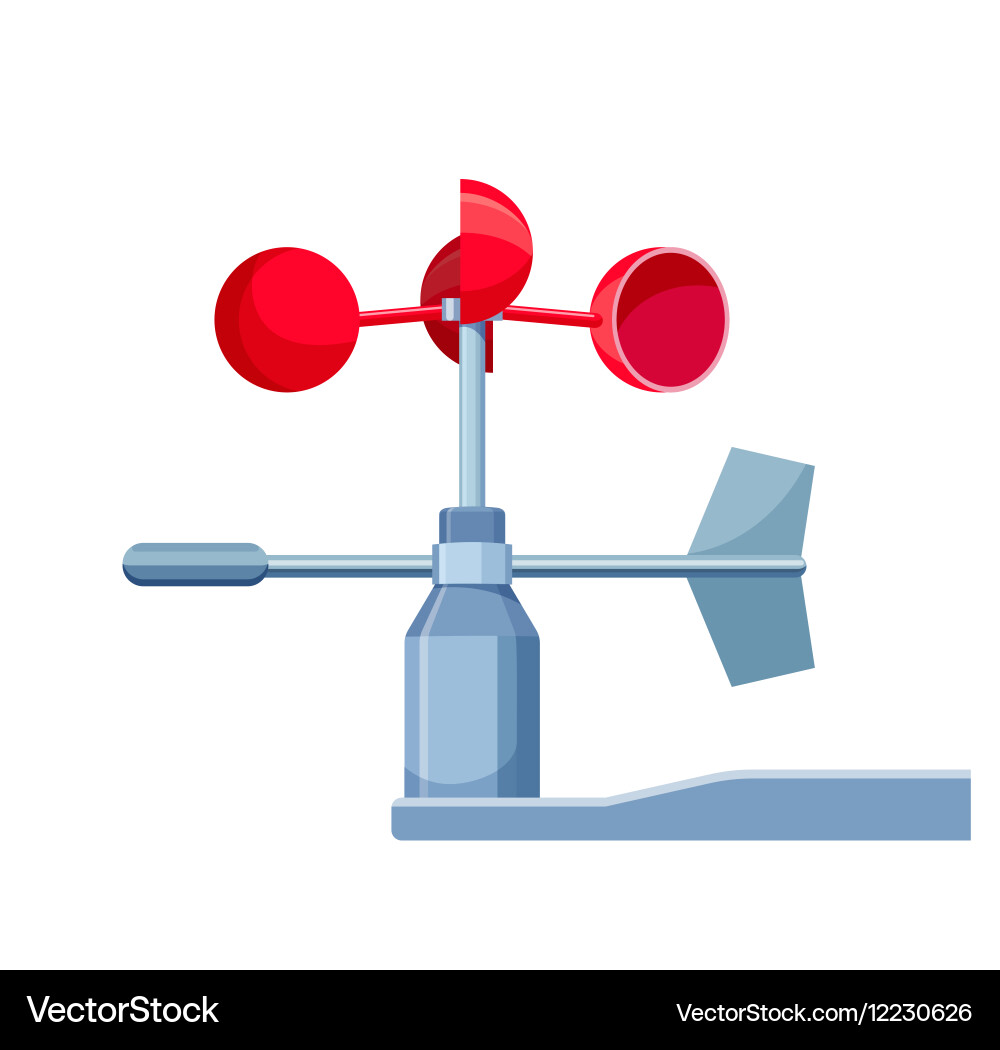The Duty of an Anemometer in Improving Security for Outdoor Activities
Wiki Article
All You Required to Find Out About Anemometers: Just How They Function, Why They Matter, and Where to Make use of Them
Anemometers, though typically overlooked in the realm of scientific tools, play a crucial role in numerous fields, supplying important understandings right into wind rate and air flow patterns. As we dive right into the intricacies of anemometer modern technology, we will certainly reveal the inner operations of these tools, their significance, and the key considerations when picking the best anemometer for specific applications.
Anemometer Essentials
An essential tool used to determine wind rate and instructions, the anemometer plays an important role in meteorology and various sectors. An anemometer usually is composed of three or four cups that turn in the wind, a vane that directs into the wind, and sensors to track the rotations or activities.
There are different kinds of anemometers readily available, consisting of mug anemometers, vane anemometers, hot-wire anemometers, and sonic anemometers, each with its one-of-a-kind attributes and applications. Mug anemometers are generally used for standard wind rate dimensions, while vane anemometers are favored for directional measurements.
Concepts of Anemometer Operation
Building on the foundational understanding of anemometer essentials, the principles of anemometer procedure elucidate the technicians behind wind rate and instructions measurements. Anemometers operate the concept of airflow impacting a sensing unit, triggering it to turn. Mug anemometers, for example, have three or more mugs that catch the wind, triggering them to spin much faster as the wind rate boosts. The turning rate is then exchanged a wind rate dimension. Vane anemometers, on the other hand, make use of a tail or a probe that aligns itself with the wind instructions, giving a measurement of wind instructions based on the positioning of the sensing unit. Hot-wire anemometers rely upon a warmed cord that cools as wind overlooks it, with the rate of cooling establishing the wind speed. Ultrasonic anemometers procedure wind speed and instructions by evaluating the time it considers ultrasonic signals to travel in between transducers. Understanding these principles is essential for exact and reliable wind measurements in various applications.Relevance of Anemometers
The value of anemometers in meteorology and different markets can not be overstated. Anemometers play a crucial function in measuring wind speed and instructions, giving essential information for weather forecasting, environment researches, environmental monitoring, and aviation procedures. Meteorologists rely upon anemometers to gather precise wind information, helping them understand weather condition patterns, forecast storms, and concern prompt warnings to the general public. In sectors such as building and construction, agriculture, renewable resource, and maritime operations, anemometers are used to optimize procedures, guarantee discover this info here security, and boost performance. Wind farm operators use anemometers to assess wind conditions and maximize electricity manufacturing from wind generators. In the maritime sector, anemometers help ship navigation by supplying real-time wind details to captains, helping them make notified decisions to ensure risk-free voyages. Generally, anemometers are essential devices that add significantly to safety and security, effectiveness, and informed decision-making in meteorology and a vast array of sectors.Applications Throughout Various Industries
In the sustainable power industry, anemometers play an essential function in assessing wind problems for wind ranch placements, ensuring optimum energy production. Industries like building and mining make use of anemometers to keep track of wind rates, critical for safety and security protocols, particularly when functioning at heights or in open-pit mines where solid winds can pose threats. In agriculture, anemometers help farmers in handling crop spraying by supplying real-time data on wind speed to prevent drift.
Picking the Right Anemometer for Your Demands
Choosing the suitable anemometer tailored to your particular requirements is vital for acquiring exact wind speed and instructions measurements. When picking an anemometer, consider variables such as the intended application, needed dimension variety, ecological conditions, and preferred functions. For general functions, a cup anemometer appropriates for measuring wind rate, while a vane anemometer supplies wind direction data. Hot-wire anemometers are excellent for reduced airspeed dimensions, and ultrasonic anemometers offer high accuracy and sturdiness.
Final Thought
In conclusion, anemometers play a critical duty in measuring wind speed and instructions across different sectors. Comprehending the concepts of anemometer procedure is vital for picking the ideal device for certain demands. From weather forecasting to aeronautics, anemometers are vital tools for guaranteeing and gathering precise data safety in various applications. It is very important to think about the value of anemometers in order to make enlightened decisions when choosing the most suitable device for measuring wind problems.There are different types of anemometers offered, including mug anemometers, vane anemometers, hot-wire anemometers, and sonic anemometers, each with its distinct features and applications. Cup anemometers are typically used for standard wind rate measurements, while vane anemometers are chosen for directional measurements. Hot-wire anemometers are suitable for low airspeeds, and sonic anemometers are ideal for high-precision dimensions in research and commercial settings.Building on the fundamental understanding of anemometer basics, the concepts of anemometer procedure elucidate the mechanics behind wind speed and instructions dimensions. For basic functions, a mug anemometer is suitable for gauging wind rate, while a vane anemometer gives wind right here direction data.
Report this wiki page